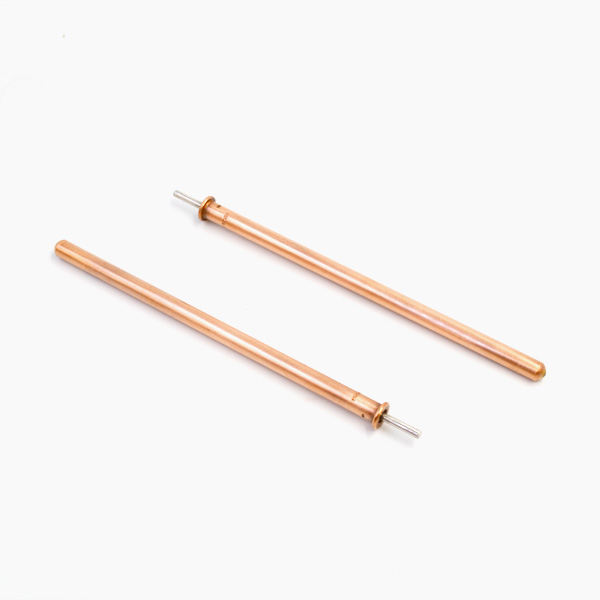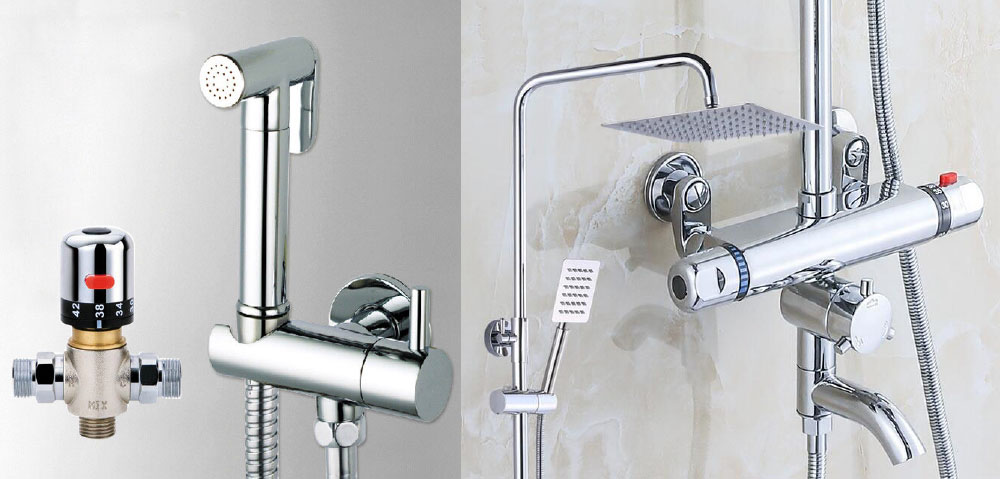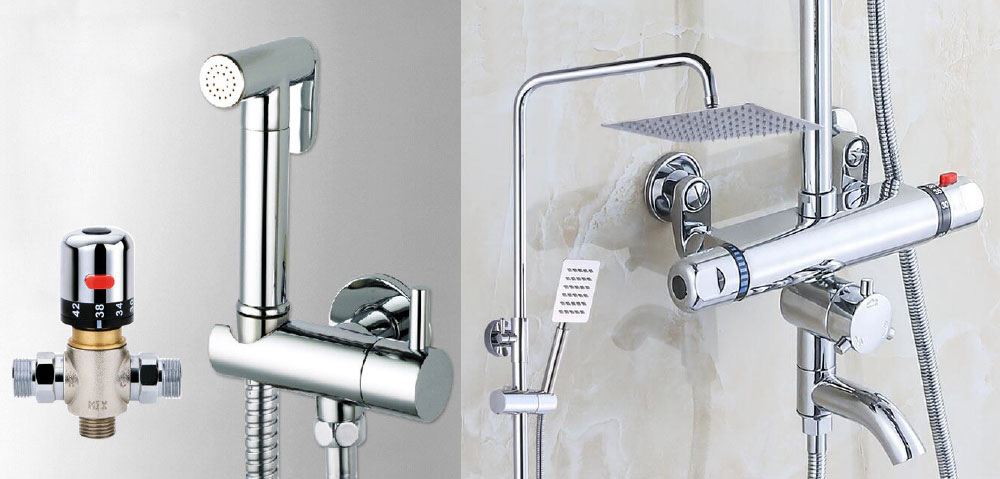PLC is produced by using computer technology and combining the conventional control concept of relay. In one respect, PLC can be regarded as a computer system. Compared with general computers, it has special input and output interfaces to connect industrial processes. It has special programming voice to meet the control requirements. Because of its strong characteristics, it has strong adaptability and information transmission. It is relatively stable. Therefore, the PLC is suitable for the monitoring computer applied in the production workshop. It is mainly composed of hardware and software systems, which are similar to the general micro-computer system. Its hardware system includes the following parts: host system, input, output expansion link and its external equipment. The core of PLC is CPU, which consists of microprocessor and control interface circuit. In PLC, the function of microprocessor is to control operation. It is also an operation control center. It can perform logical operation and coordinate the internal work of the control system. It is entirely the execution of instructions issued by the system program. But it can be taken out and stored at any time. Input/Output Module Unit. In the PLC system, the function of the module unit is to monitor and monitor the relevant industrial facilities and production conditions by using the module interface and connecting lines. Through the input interface of the module, the collected information is processed, and the processed result information is transmitted through the output interface to achieve the coordinated operation of the system. The information is transmitted to the PLC system through the input module interface, and the related parameters of the equipment operation are obtained after the system processing. Then the parameters are obtained through the output interface, and the parameters of the production-related equipment are adjusted. To achieve the relevant functions. In PLC. A subsystem that stores various parameters. Its existence is to ensure the strong adaptability of PLC. I/O Extension Interface. Its function is to widen the number and category of data input and output devices in PLC.
This interface can realize the connection of various types of input, output unit and PLC. In addition, there are serial and parallel interfaces in itself, which further expands the connection output mode. Peripheral I/O interface. In the PLC system, its main function is the medium that the human-machine instructions and the machine-machine instructions relate to each other. It mainly realizes the connection between the system and external facilities, but also can realize the connection with other PLC systems. Its interface model is usually RS232C or RS422A. Its connection mode is usually serial. The function of this interface is to realize data transformation, information identification, verifying the accuracy of data information, and information platform transformation. For smaller PLCs, the interface adopts parallel mode and can be connected with professional encoders. Power Supply. Its function is to realize the power source of the system. The specific function is to realize the conversion of external high-voltage power supply to the adapter power needed in the system, and its switching power supply is connected with the external power supply. The unit also includes power-off protection and standby power supply. It ensures that the main parts of the system can also realize data storage functions, such as RAM data storage function, after a sudden power-off. In PLC system, the mode of power supply is switch mode. Its advantages are as follows: it can adapt to a variety of external power supply environments, light weight, small size, faster system operation, better performance of avoiding interference. This link belongs to the expanding structure of input and output of PLC, when the staff can not reach the demand system. It can be handled through this link. This link is often connected with the input/output system of PLC.

There are two main kinds of links, simple and intelligent. The input/output extension process for simple classes does not have a CPU. The way of external processing mainly depends on the host instructions to deploy, mainly based on the execution of the host’s software system. Generally installed near the host, and through parallel interface with the host for data transfer, usually this simple type is mostly used by small-scale PLC systems. Intelligent expansion interface often has CPU in it. Its function is to supervise the input and output of information on the work site.
There is no need to pass information to the host. Generally, serial mode and host are used to transmit information, which can be separated from the host. It is often used in large-scale PLC. The programmer. Its function is to write and adjust the PLC program. It is a window to realize man-machine conversation. Through this device, the external information needed can be programmed into the RAM of the system or adapted to the original program in the RAM. The device can monitor and track the operation of the PLC system, and it is more convenient to write and adjust the program. In addition, it can realize the function mode of the editor, that is, the function of the editor can be realized by using the program supplied by the producer related to the computer and the PLC. Such editing mode has become the future development mode of the PLC. At present. Many PLC manufacturers generally no longer provide editors, but provide programs written by microcomputers and related communication devices. Color graphics display. In general, large and medium-sized PLC systems are equipped with color graphics display. Its function is to present the process data of production status simulation chart, on-site monitoring parameters, production dynamic parameters and related early warning parameters, so as to fully control the on-site dynamics.
Printer. It belongs to the external device of the system. Its function is to recruit dynamic parameters, system parameters and early warning parameters. PLC system can often be equipped with relevant external equipment, mainly for system input and output to assist, such as equipped with appropriate storage equipment for information storage. The PLC system includes not only hardware equipment, but also related programs to assist. They are interrelated to each other to build the PLC system. The PLC system program includes two parts, the internal program and the application program. It is mainly compiled by the PLC manufacturer. It is stored in PROM or EPROM and installed in PLC. When general products are sold, it is attached to the demander. The program of PLC system mainly includes the following parts: management program, application of relevant instructions program and related unit adjustment board, etc. Based on the actual situation of the application, the monitoring requirements are monitored by the user to write a program for on-site control.

User programs include the following categories: switch monitoring software, hypothetical operation software, closed-loop monitoring software and application software of operation control system, etc. The principle of the operation of a computer suitable for the special system of production supervision is roughly the same as that of a computer supervision program.
The working mode of PLC belongs to periodic cycle mode. The CPU repeats the repetitive work of application software and tasks continuously. This process is called scanning. The operation of CPU according to running software is the process of continuous repeated scanning of CPU, which is realized by centralized sampling and output mode of continuous repetition. This is one of the centralized processes.
In such a process, the PLC collects all the input information one by one according to the corresponding order. Regardless of whether the input end has data or not, the CPU reads the information on each input end according to the order and stores it on the image memory. In the current work cycle. The information state selected by the application software is acquired by the image storage device. Whether the outside information changes or not will not affect the operation of the work at this time.

Timely information changes will also occur in the next work process. Although the order of each data transmission occurs, because the working cycle of PLC is relatively short, this phenomenon can be basically ignored, so the input information collected is few.
It came almost at the same time. This stage is mainly another information centralized center in the working stage. At this stage, the CPU working application software is developed in a certain order. If the presentation mode of the software is a ladder diagram, the scanning sequence is from top to bottom, left to right. When the signal is input, it will not be read immediately in the scanning process. The information in the scanning process is read from the input image register.

But there is another case, when other data is input, it can be obtained from the relevant unit image register of the PLC. When the application software is executed, the component image register first obtains the intermediate results from each operation. When the output relay is scanned, the scanning results are written to the output image register first and then drive the external load. In this process, both digital I/O and analog I/O instructions without digital filtering can be allowed to operate, and each part of the working life can respond to discontinuous information. In this phase, the input image register is often unchanged. It’s different. Relevant content of other units is changing at any time. And with the operation of the software changes.
This stage belongs to the information centralized output area. The CPU scans all the application software in the PLC. When the process is over, the state of each output relay in the unit image register can be sent to the output latch at the same time, thermostatic element and then the output latch drives the load of each output relay through the output terminal. The last link of each work cycle is output refresh. When this link is finished, the CPU will proceed to the next work cycle. This process is repeated continuously, that is, the working state of PLC. The important parameter describing the size of PLC is the number of input and output points of PLC, which is the sum of the number of external input and output terminals. The memory in PLC consists of three parts: the memory used to store the internal program of the system, the user-oriented memory used to store the program input by the user, and the data memory. Usually. The capacity of user program memory plus the capacity of data memory is the capacity of PLC storage. It represents the size of available resources provided by the system to users. It is an important measure of system performance.
The scanning mode of PLC is circular scanning, and the scanning time is called scanning cycle for every scan. The scanning speed depends on the length of the user program and the type of PLC product. The operation of PLC is directly affected by the type of CPU in PLC. The instruction system gathers all the instructions in the PLC. Programming instructions and software functions of PLC are linked. The more instructions you have. The more powerful it is, however, it is quite difficult to master it. When choosing a programmable controller, users must proceed from reality and select a programmable controller that meets the requirements. There are two kinds of communication. One is the communication within the PLC. Another is the communication between PLC and other devices. Communication involves a lot of content. For example, communication modules and interfaces, communication protocols and instructions, etc. The important standard to measure the quality of PLC products is the networking and communication ability of PLC.
